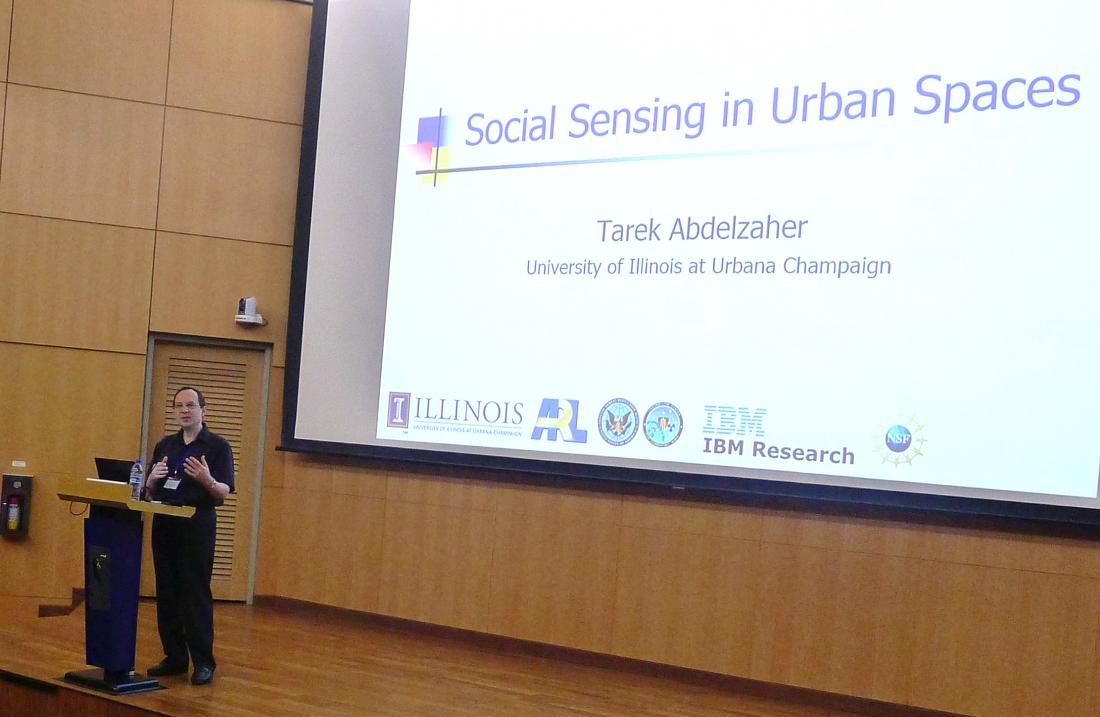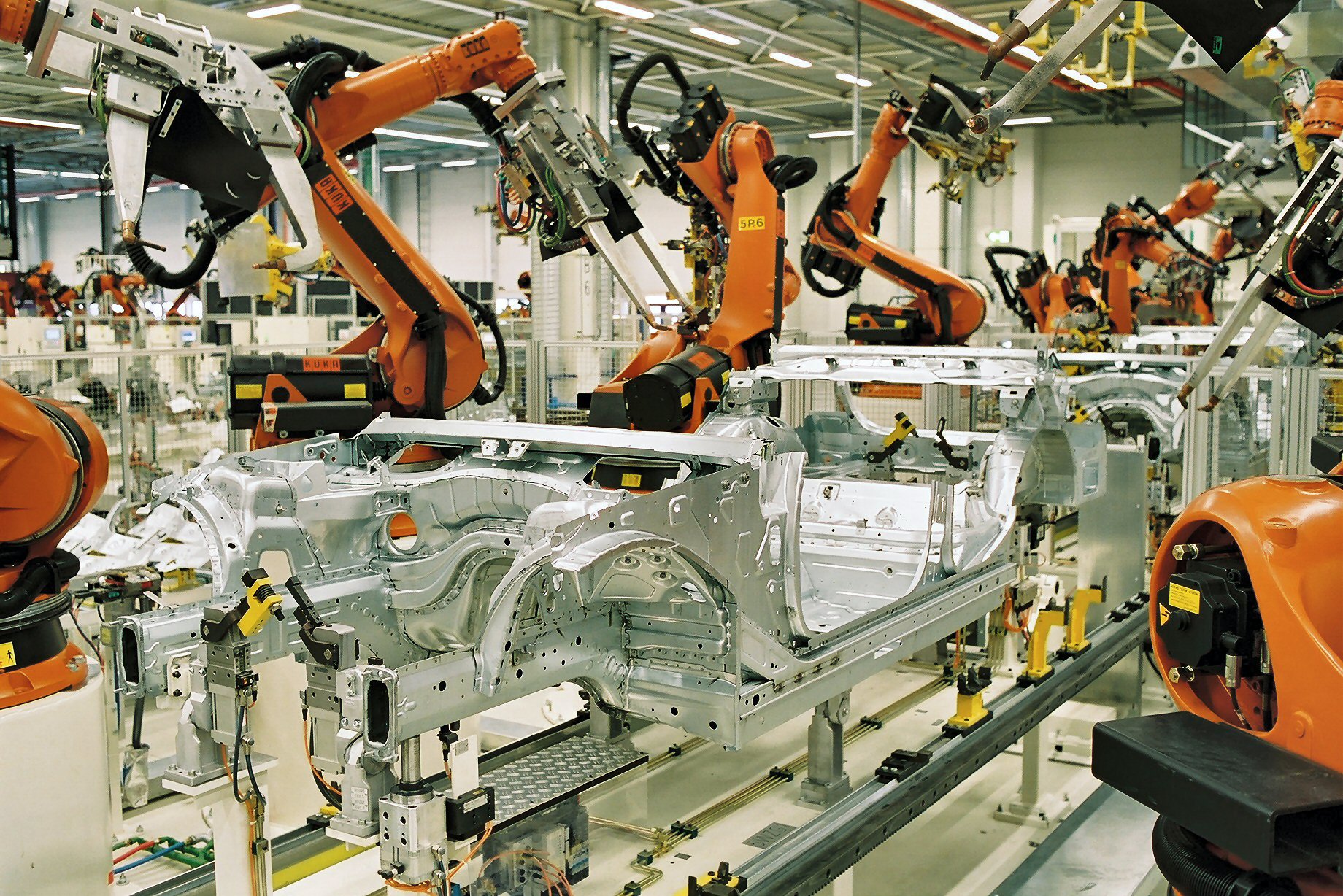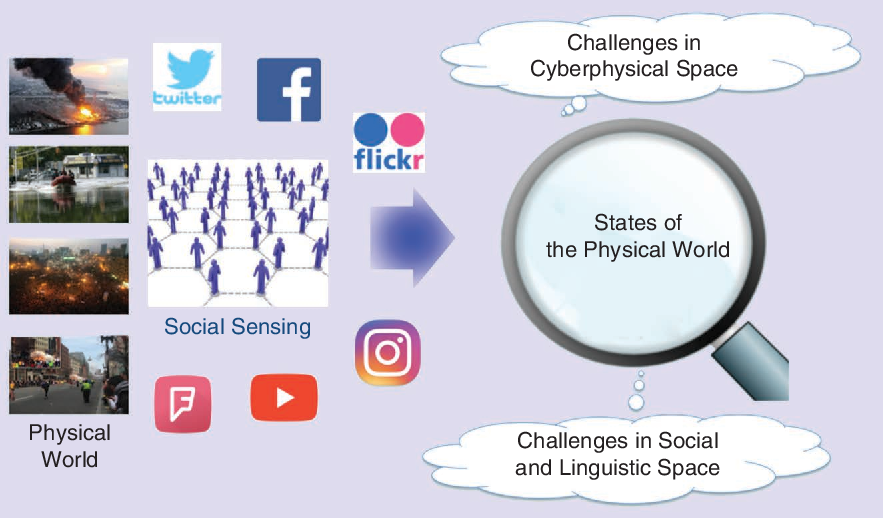Teaching

A time of opportunity:
This is a great time in the history of cyber-physical systems. Digital algorithms, social systems, and physical environments are getting more closely interconnected. I teach courses that help detangle the ramifications of these interconnections on future research, technology, and society.
Real-time Systems (CS424)
Principles of real-time and cyber-physical computing
CS 424
 An expanding frontier for computer scientists lies at the intersection of the
logical and physical realms. As computing elements become embedded more pervasively
in our environment, a new cyber-physical fabric arises in which logical processing
is deeply intertwined with the physical environment in which it occurs. The course
explores the science of designing and analyzing systems that are
guaranteed to perform their functions in a timely manner. A real-time AI simulation
testbed is used to illustrate some of the concepts. Selected topics include a review
of basic concepts (tasks, threads, blocking, priorities, importance, resource
partitioning, etc), challenges in reliabity (complexity reduction, well-formed
dependencies, and fail-safe operation), challenges in timeliness (real-time
scheduling and resource management), challenges in energy consumption (power-aware
algorithms and energy saving issues), real-time AI, and advanced topics.
An expanding frontier for computer scientists lies at the intersection of the
logical and physical realms. As computing elements become embedded more pervasively
in our environment, a new cyber-physical fabric arises in which logical processing
is deeply intertwined with the physical environment in which it occurs. The course
explores the science of designing and analyzing systems that are
guaranteed to perform their functions in a timely manner. A real-time AI simulation
testbed is used to illustrate some of the concepts. Selected topics include a review
of basic concepts (tasks, threads, blocking, priorities, importance, resource
partitioning, etc), challenges in reliabity (complexity reduction, well-formed
dependencies, and fail-safe operation), challenges in timeliness (real-time
scheduling and resource management), challenges in energy consumption (power-aware
algorithms and energy saving issues), real-time AI, and advanced topics.
Sensing in Social Spaces (CS598TAR)
Principles of social sensing
CS 598tar
 This is a paper-reading course with a research project component about
applications of social/urban/mobile sensing, which are gaining momentum
because of their applicability to urban areas and other populated spaces.
The proliferation of smart phones and social networks gives rise to large
amounts of information becoming available in real-time that can be thought of
as "sensing" the physical world. According to the United Nations, presently
just over half of the world population live in cities. This percentage will increase
to 2/3 by 2050. Arguably, the most versatile "sensor" in urban areas is the
human observer. Collectively, human observers post over 500 million tweets
and over 80 million Instagram photos per day, making social media an
interesting new "sensor network" for obtaining insights on a variety of
events. This course investigates unfolding research challenges and directions
in distributed social sensing, overviews the broader landscape of its urban
applications, including sustainability, green computing, IoT, and urban
cyber-physical systems, discusses common misconceptions, presents the underlying
theoretical foundations, and sheds light on related recent technologies and
publications. The course includes an experimental project on a social sensing
testbed. Projects will involve crowd-sensing across the board from
mobile/smartphone-based applications in urban/social spaces to exploitation
of Twitter and Instagram, where humans act as pervasive
"networked sensors" of current events. Links to CPS with humans-in-the-loop
and IoT will be made.
This is a paper-reading course with a research project component about
applications of social/urban/mobile sensing, which are gaining momentum
because of their applicability to urban areas and other populated spaces.
The proliferation of smart phones and social networks gives rise to large
amounts of information becoming available in real-time that can be thought of
as "sensing" the physical world. According to the United Nations, presently
just over half of the world population live in cities. This percentage will increase
to 2/3 by 2050. Arguably, the most versatile "sensor" in urban areas is the
human observer. Collectively, human observers post over 500 million tweets
and over 80 million Instagram photos per day, making social media an
interesting new "sensor network" for obtaining insights on a variety of
events. This course investigates unfolding research challenges and directions
in distributed social sensing, overviews the broader landscape of its urban
applications, including sustainability, green computing, IoT, and urban
cyber-physical systems, discusses common misconceptions, presents the underlying
theoretical foundations, and sheds light on related recent technologies and
publications. The course includes an experimental project on a social sensing
testbed. Projects will involve crowd-sensing across the board from
mobile/smartphone-based applications in urban/social spaces to exploitation
of Twitter and Instagram, where humans act as pervasive
"networked sensors" of current events. Links to CPS with humans-in-the-loop
and IoT will be made.